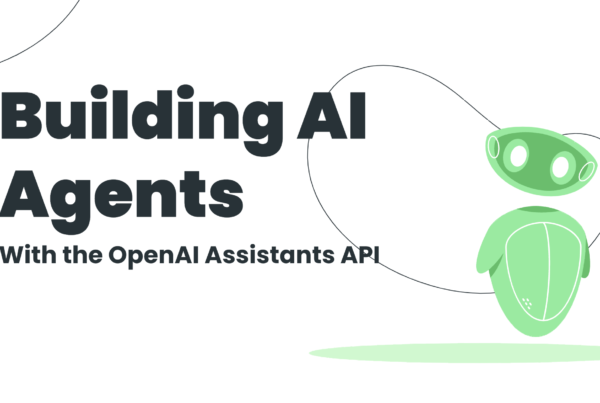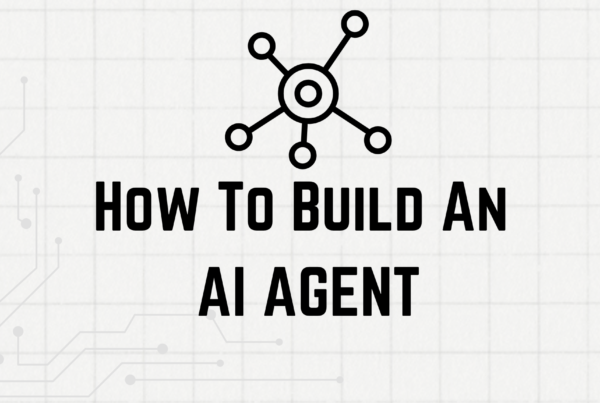
As search behavior shifts from traditional engines like Google to AI-driven interfaces such as ChatGPT, Claude, and Perplexity, a new field has emerged: Generative Engine Optimization (GEO).
If you’ve noticed your brand being mentioned in AI-generated responses or cited in LLM-powered tools—sometimes without clear attribution—you’re seeing GEO in action. It’s about shaping how these generative models synthesize information and present your brand within their answers.
What Are Generative Engines?
Generative engines are AI-powered systems that create human-like responses by pulling and synthesizing information from large datasets — often including real-time web content. Unlike traditional search engines, which show users a list of links, generative engines aim to provide direct, conversational answers to queries.
Think of tools like:
Google’s Search Generative Experience (SGE)
Microsoft Copilot (formerly Bing Chat)
ChatGPT with browsing enabled
Perplexity AI
You.com
These engines use large language models (LLMs) — such as GPT-4 or Google’s Gemini — to understand user intent and generate original responses, often citing or referencing multiple sources.
How GEO Differs from SEO and AEO
Traditional SEO is all about ranking higher on search engine results pages (SERPs) by targeting keywords, building backlinks, and optimizing technical site elements. GEO, on the other hand, is about making your content easily discoverable, understandable, and quotable by AI systems that generate direct answers for users, often without showing a list of links
| Discipline | Target Platform | Goal | Strategy |
|---|---|---|---|
| SEO | Search engines (e.g. Google) | Higher rankings | Keywords, backlinks, on-page optimization |
| AEO | Answer engines (e.g. featured snippets, voice search) | Structured visibility | Q&A format, schema markup |
| GEO | Generative engines (e.g. ChatGPT, Perplexity) | Inclusion in generated content | Informational authority, prompt optimization, source presence |
How to Start with GEO
Here are a few practical steps to begin optimizing for generative engines:
- Create Authoritative, Well-Structured Content: Focus on directly answering key questions (“what,” “how,” “why”) in your field using clear headings, lists, concise language, and a conversational tone. Structure content in formats like Q&A that AI favors.
- Embed Authority & E-E-A-T: Support claims with data, statistics, and references. Ensure brand mentions appear on high-authority platforms (like Wikipedia, industry publications). Demonstrating Experience, Expertise, Authoritativeness, and Trustworthiness (E-E-A-T) is vital, as these are key signals for AI.
- Maintain Consistent Branding: Use clear and consistent brand naming and messaging across your website and third-party platforms so AI can easily identify and connect information about you.
- Monitor Your Presence: Regularly test your visibility by running relevant prompts in generative engines and specialized tools like Artik Infotech to see how your brand appears (or doesn’t).
- Track & Analyze: Track AI citations and mentions where possible, understanding that direct attribution can be challenging. Use tools like Artik for dedicated tracking of your brand’s presence in AI responses.
Why GEO Matters Now
Generative engines are changing how people search, learn, and make decisions online. They:
Reduce the need to click multiple links
Deliver faster answers to complex questions
Combine content from multiple sources into one response
Shift focus from ranking to referencing
As these engines become more popular, businesses and content creators must adapt their strategies — and that’s where Generative Engine Optimization (GEO) comes in.
GEO Is the New Front Page
As generative engines reshape how people access information, they’re quickly becoming the new gatekeepers of the web. Where brands once fought for the top spot on Google, the next wave of digital growth will come from being surfaced by AI — not searched.
Artik is built to help you monitor and optimize your presence across this evolving generative landscape. As the rules of visibility change, Generative Engine Optimization (GEO) is your new competitive advantage.
What is Generative Engine Optimization (GEO)?
GEO is a cutting-edge strategy that optimizes your website’s content for visibility in AI-driven search engines and generative platforms (such as ChatGPT, Perplexity, Gemini, and Google AI Overviews). Unlike traditional SEO, which targets ranking on search engine result pages, GEO aims to ensure your content is surfaced, cited, or summarized accurately by generative AI systems.
How does GEO differ from traditional SEO?
While SEO focuses on keywords, backlinks, and ranking in link-based search results, GEO prioritizes context, user intent, and content quality for AI-generated answers. GEO requires well-structured, authoritative, and user-centric content that AI models can easily interpret and integrate into their responses.
What strategies are most effective for GEO?
Use conversational formatting, such as Q&A or FAQ sections, to align with how AI chatbots and answer engines present information.
Add first-fold summaries at the top of your content for instant context, helping both users and AI quickly grasp the main points.
Implement schema markup and structured data to make your content more accessible and understandable for both Google and large language models.
Include statistics, authoritative quotations, and clear source citations to boost your content’s credibility and visibility in AI-generated results.
Why is GEO important now?
As more users turn to AI tools for answers, GEO ensures your brand remains visible and authoritative in AI-generated responses—even when users bypass traditional search results.
FAQs
Q: Can GEO help sites with low traditional SEO rankings?
A: Yes. GEO can boost visibility in AI-generated results even for sites that don’t rank highly in classic search engines by focusing on content quality, authority, and relevance.
Q: What types of content benefit most from GEO?
A: Any content that can be summarized or referenced in a chatbot or AI answer, such as product pages, support documents, and press releases, can benefit from GEO techniques.
Q: What are the top tips for implementing GEO?
A: Create structured, authoritative, and conversational content; use schema markup; add clear citations and statistics; and address user intent directly in your copy.


